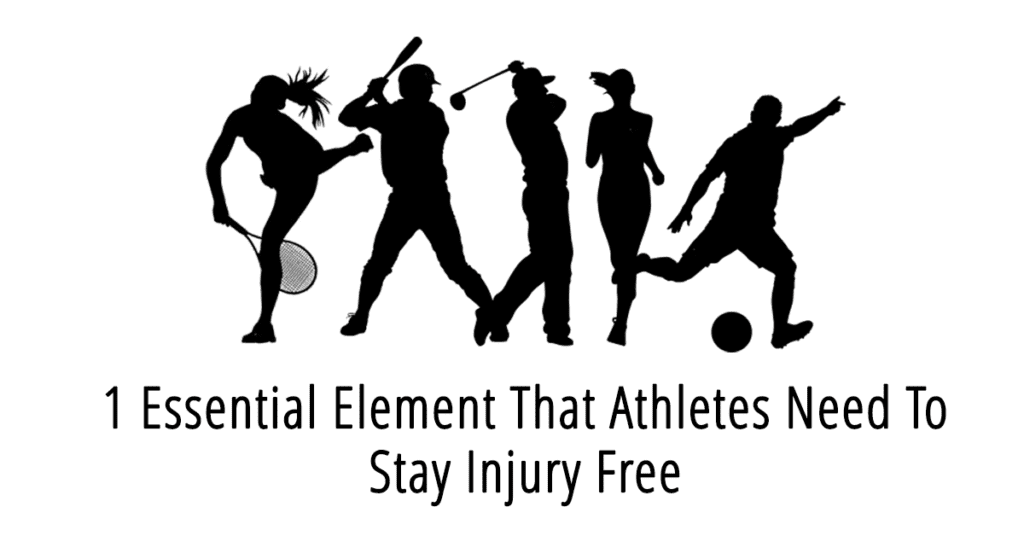
1 Essential Element That Athletes Need To Stay Injury Free
With all the excitement surrounding the 2016 Rio Olympic Games, the limelight is definitely on the athletes. One question often asked is how do they stay in such good physical condition despite their vigorous training? We have the answer for you.
Physiotherapy service is an essential factor in ensuring that competitive athletes stay injury-free. In the 2016 Rio Olympic Games, Singapore House enlisted a team of 3 physiotherapists to ensure our athlete’s musculoskeletal health during crucial times. Managing and treating sports injuries sustained by professional athletes require a different kind of attention in physiotherapy. Familiar with the challenges, our shoulder specialist and Principal Physiotherapist Chye Tuan tells us more.

The athlete VS the everyday man
Because athletes are professionals in their sport, it entails a lot more than just physical exertion for them to perform — the intense physical demand of professional-level sports often means that they have to push beyond their body’s limit.
Correspondingly, the rehabilitation for their injuries require more intensity compared to regular injuries; physiotherapists have to analyse other muscle groups to prevent deconditioning — the reversal of previously conditioned muscular movements.
How are athletes’ injuries different?
While regular injury is usually the result of an isolated or singular cause, sports injury in professional athletes tend to be a combination of multiple causes, namely traumatic force and repetitive or sudden exertion demand.
The recreational athlete, on the other hand, would probably have poor form and incorrect training to blame. Aggravating this is when recreational athletes tend to mask their flawed performance with sound compensation strategies, and while this may appear to work, the body of a recreational athlete will hit a ceiling when pushing themselves to do more.
Challenges faced in physiotherapy
Apart from the challenge that comes from the severity of the sports injury, physiotherapists also have a specific timeline to adhere to as athletes require months of vigorous training before their competition to ensure that they are on form. Not only is this timeline strict and short, it can also be difficult to define as the athlete will still try to push himself during this recovery period.
During this time, the physiotherapist has to ensure the athlete’s physical safety as well as regain his performance level so that they may return to training as soon as possible. The mark of a good therapist is when he is able to balance this effectively with good clinical justification without compromising safety.
Aside from physical therapy, a physiotherapist often has to double up as a psychotherapist that counsels the athlete, tempering his enthusiasm in returning to sport, or on the other extreme, boost his confidence and motivate him to push himself in order to get back to his optimum performance level.
To ensure this smooth rehabilitation process, the physiotherapist must first diagnose the injury correctly in the first session, which may involve delving deeper past any complexities to identify the root cause of the injury.
Injury management for athletes
Because there is so much at stake for professional athletes, the treatment of injury requires more than just physiotherapy. Optimally, athletes will require a multidisciplinary team comprising a physiotherapist, a sports physician, a functional trainer, and in some cases, a nutritionist and a sports psychologist, for an all-rounded rehabilitation process.
In addition to basic physiotherapy, functional trainers speed up the recovery process by planning and executing a further exercise rehabilitation programme to get the athlete back on track. By working together and enlisting the other experts in the team, a fast and efficient decision-making process is implemented in the best interests of the athlete so that he can progress at a suitable pace, especially when time is of the essence.
Related Articles
- BMT Injuries: Prevention & Management Injuries occurring from physical activities are a dime a dozen. However, they are more prevalent in intensive physical training sessions…
- BMT Injuries during National Service Enlisting into National Service (NS) is a rite of passage in any Singaporean boy’s youth - some may find it…
- Vestibular Physiotherapy Vestibular Physiotherapy is a specialized form of exercise-based physiotherapy, that prescribes to treat and manage symptoms caused by vestibular disorders.…
- 3 Common Ski and Snowboarding Injuries and How to Avoid them Winter sports like skiing and snowboarding are enjoyed by many people worldwide, with many Singaporeans travelling overseas to enjoy winter…
- Bid Goodbye to Cycling Injuries Cycling is a wonderful sport - it helps you lose weight and keeps you fit. But did you know that…
